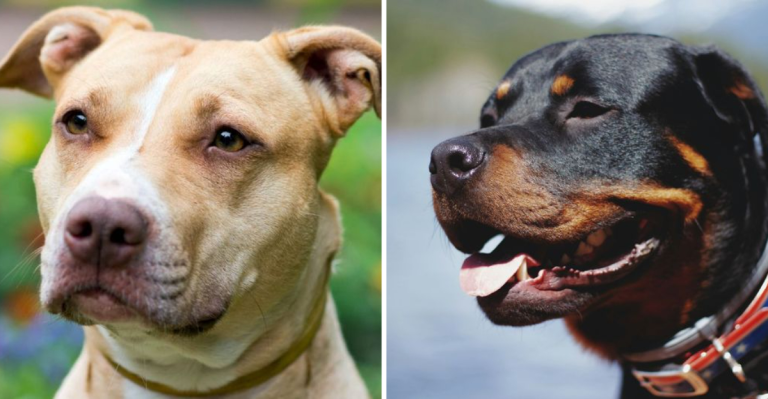15 Key Differences Between Shih Tzus And Havanese You Should Know

Someone glancing at a Shih Tzu and a Havanese might think they’ve just seen the same dog twice. But when you look again, you notice that these two breeds carry subtle traits that set them apart in daily life. Understanding these contrasts matters when matching a dog to your lifestyle. So, here are 15 key differences between the two to give you a clearer sense of what daily life with each one involves.
Ear Shape And Position

The Shih Tzu’s fuller, low-hanging ears blend into its coat, making the head look broader. On the other hand, the Havanese ear sits higher and lifts slightly when alert, which creates a draped look. The distinction becomes especially clear in how each breed reacts when someone enters the room.
Facial Structure
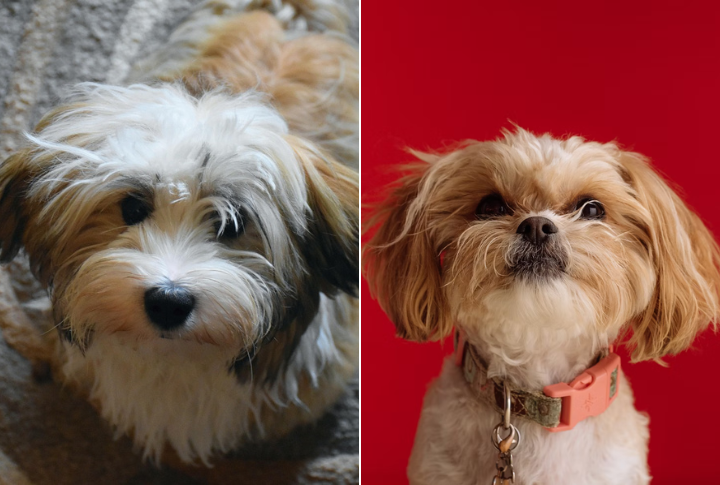
Spend a moment face to face with both breeds, and their contrasts become clear. Shih Tzus have a flatter, brachycephalic profile with a wide skull and short snout, while Havanese offer a more balanced muzzle that eases breathing and minimizes facial creasing over time.
Tail Curve And Carriage

Breed history plays a role in how tails are carried. Shih Tzus often display a tightly curled tail set high over the back. In contrast, Havanese tails follow a softer curve, naturally arching and swaying during movement rather than staying stiffly in place.
Eye Shape And Expression
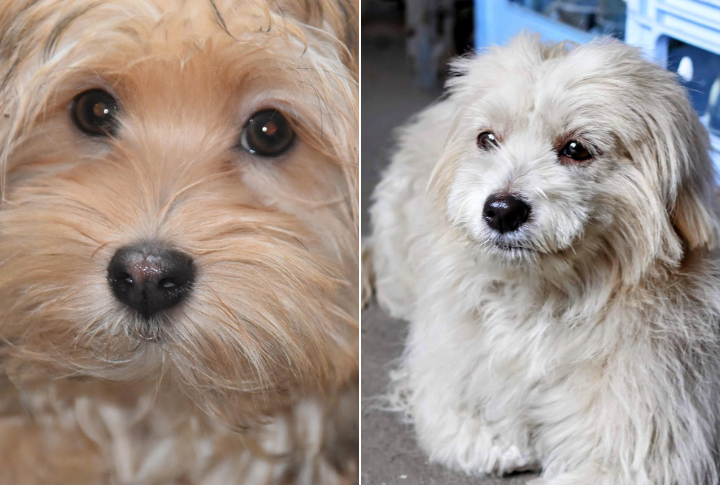
Facial expressions often reveal more than posture ever could. The Shih Tzu’s large, round, close-set eyes create a direct, expressive gaze that’s hard to miss. Meanwhile, the Havanese features more oval-shaped eyes set wider apart, giving it a softer, more thoughtful look, especially when calm and at ease.
Grooming Requirements
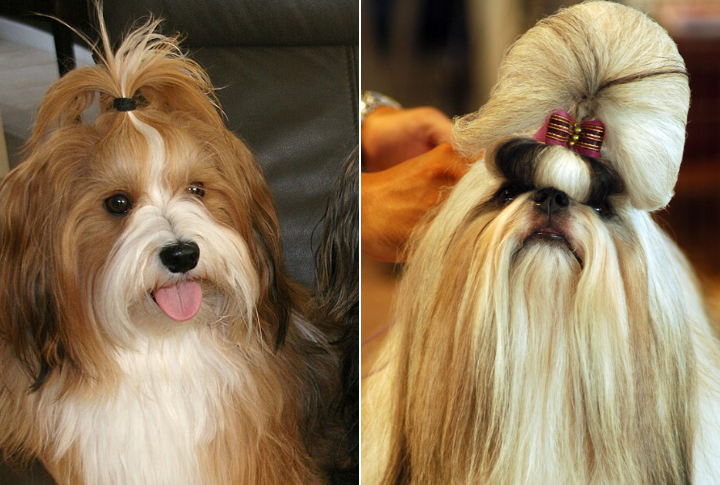
Though not as dense, the Havanese coat tangles easily on the surface but stays manageable with rehydrating sprays. However, the Shih Tzu’s double coat mats near the skin and requires daily detangling. Their grooming routines differ in ways that go far beyond brushing frequency.
Body Proportion And Build
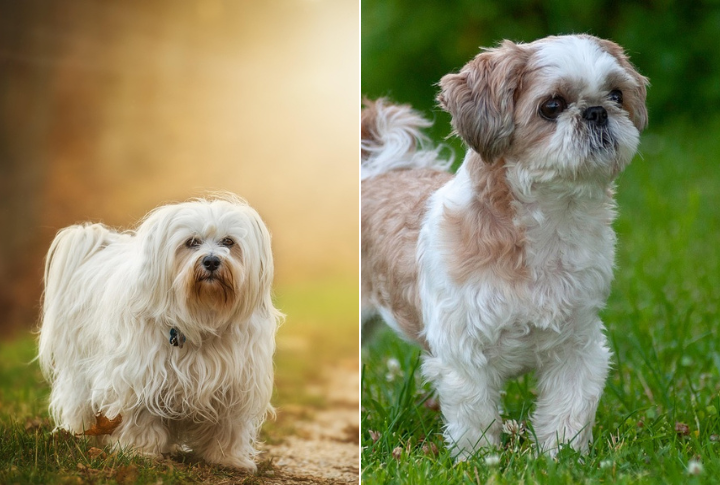
The Havanese carries weight evenly along a longer torso, which gives a balanced look. In contrast, the Shih Tzu’s compact, square frame and sturdy core make it feel heavier and more grounded. When sitting side by side, their visual similarities can be surprisingly deceptive at first glance.
Noise Sensitivity
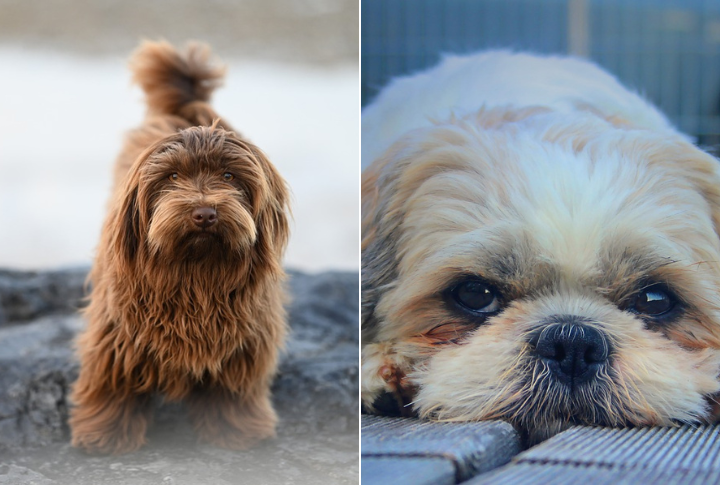
Havanese react quickly to noises like doorbells or street sounds, often barking in response. Shih Tzus are less reactive overall, tending to assess sounds before deciding whether a response is necessary. The way they respond to everyday sounds becomes even more noticeable in high-traffic households.
Coat Texture
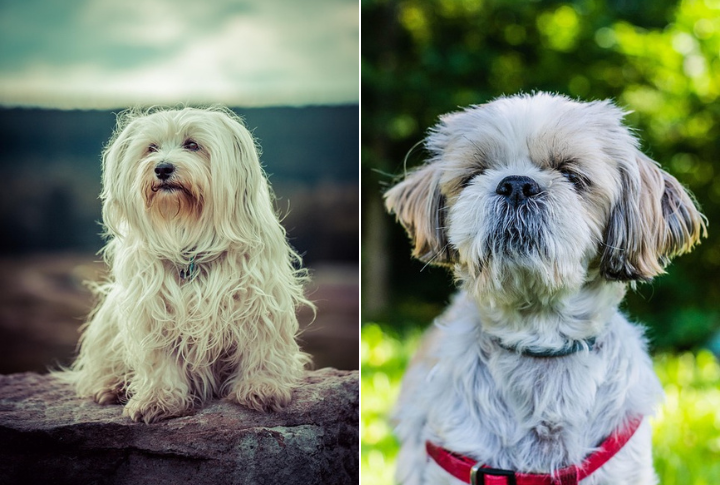
The texture of their fur isn’t just a visual detail—it changes how the dog feels to the touch and responds to grooming. Shih Tzus possess a dense, straight coat that flows down like drapes, while Havanese coats form waves or curls that grow outward in layers.
Exercise Requirements
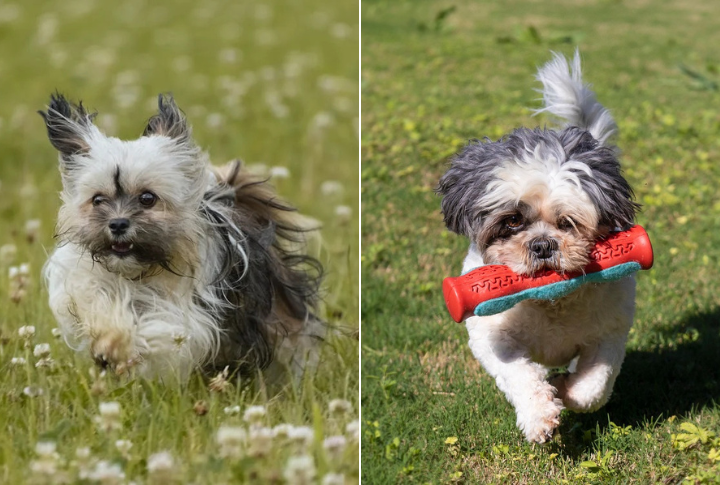
Energy output often depends on how much space the dog has to explore. Shih Tzus are usually satisfied with indoor wandering and brief outdoor walks. Meanwhile, Havanese enjoy more structured play sessions and benefit from additional physical activity to stay mentally sharp and physically content.
Movement And Gait
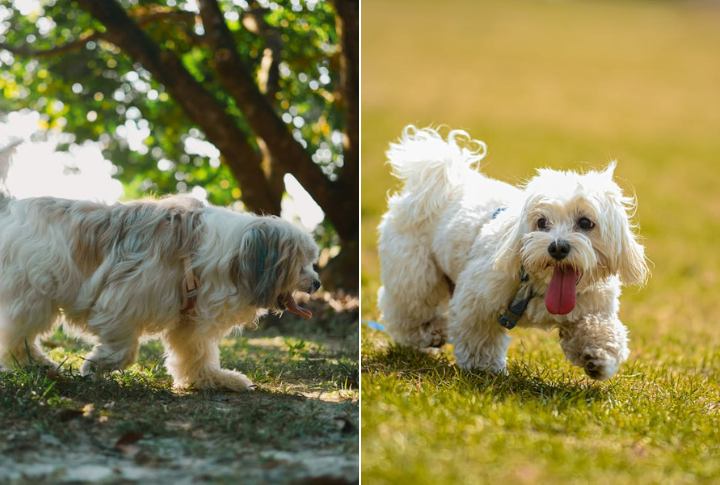
A dog’s gait often mirrors its personality, especially in companion breeds. The Havanese tends to walk with a lively, springy step, whether indoors or out, giving off an energetic charm. In contrast, the Shih Tzu moves with a smooth, floating stride, its weight centered more toward the front, resulting in a steadier, less bouncy pace.
Adaptability To Routine Changes
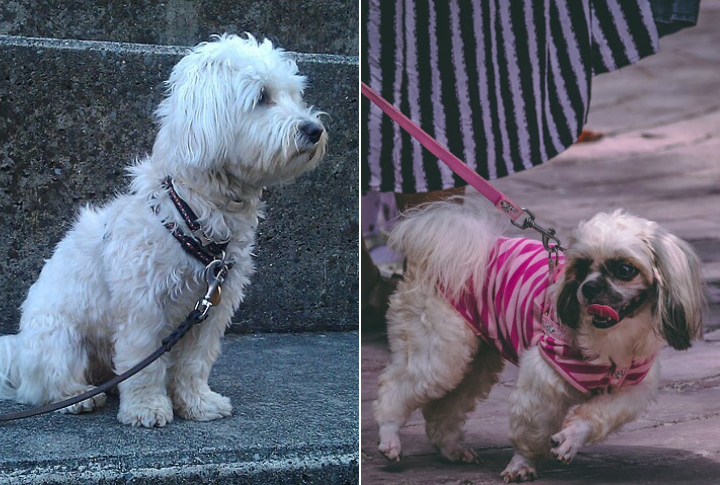
In homes with ever-changing routines, one breed tends to adapt more easily than the other. Havanese are quick to adjust, handling shifts in meal times or daily structure with ease and resilience. Shih Tzus, on the other hand, thrive on stability and can feel unsettled when their routine is disrupted.
Country Of Origin

Shih Tzus were pampered in Chinese palaces and were bred strictly for indoor companionship. Meanwhile, Havanese dogs emerged in Cuban homes and adjusted to both humid climates and indoor life. Understanding each breed’s origin gives insight into their unique traits and how they fit into households today.
Health Needs
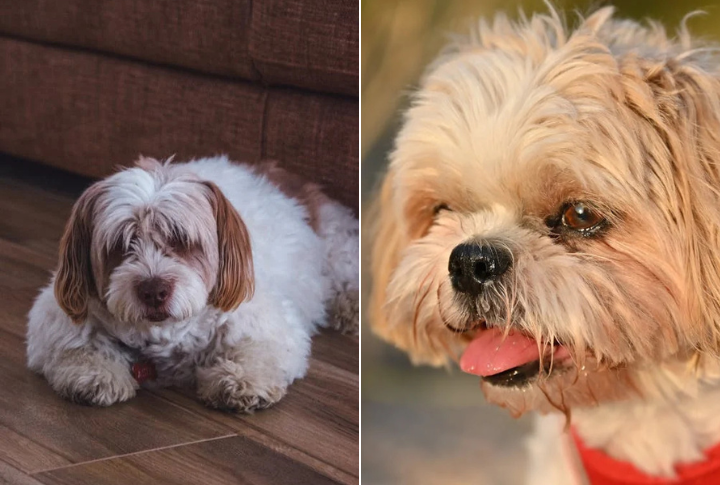
Differences in facial structure and joint alignment affect veterinary care priorities. Shih Tzus often face respiratory challenges, eye dryness, and dental concerns due to their short snouts. Havanese, though, are generally sturdy and are more prone to hereditary joint issues like patellar luxation and hip dysplasia.
Interaction With Strangers

In public spaces like parks and cafes, their behavioral differences become clear. Havanese typically approach new people with open, eager curiosity, ready to interact. Shih Tzus, meanwhile, tend to hang back at first—observing and assessing before deciding to engage.
Typical Emotional Reactivity
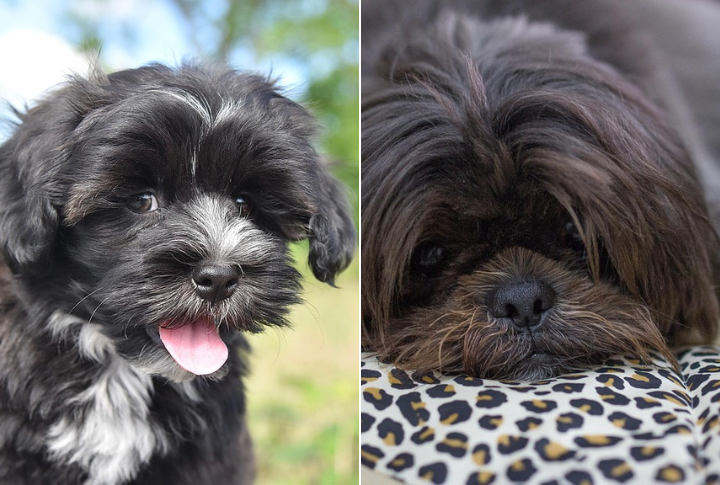
Stress behaviors can surface in subtle ways. A Havanese might whine or bark when routines shift or attention drops. Shih Tzus show less visible reactivity to stress but may withdraw or stop responding to cues. Understanding this helps in preventing long-term anxiety responses.




